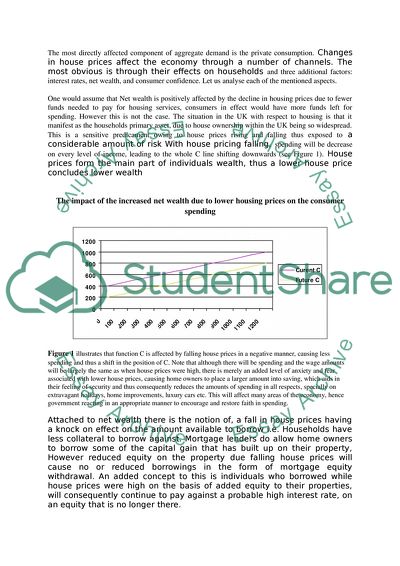Cite this document
(“Using the Income-expenditure Model in UK Economy Essay”, n.d.)
Retrieved from https://studentshare.org/macro-microeconomics/1535735-using-the-income-expenditure-model-in-uk-economy
Retrieved from https://studentshare.org/macro-microeconomics/1535735-using-the-income-expenditure-model-in-uk-economy
(Using the Income-Expenditure Model in UK Economy Essay)
https://studentshare.org/macro-microeconomics/1535735-using-the-income-expenditure-model-in-uk-economy.
https://studentshare.org/macro-microeconomics/1535735-using-the-income-expenditure-model-in-uk-economy.
“Using the Income-Expenditure Model in UK Economy Essay”, n.d. https://studentshare.org/macro-microeconomics/1535735-using-the-income-expenditure-model-in-uk-economy.


